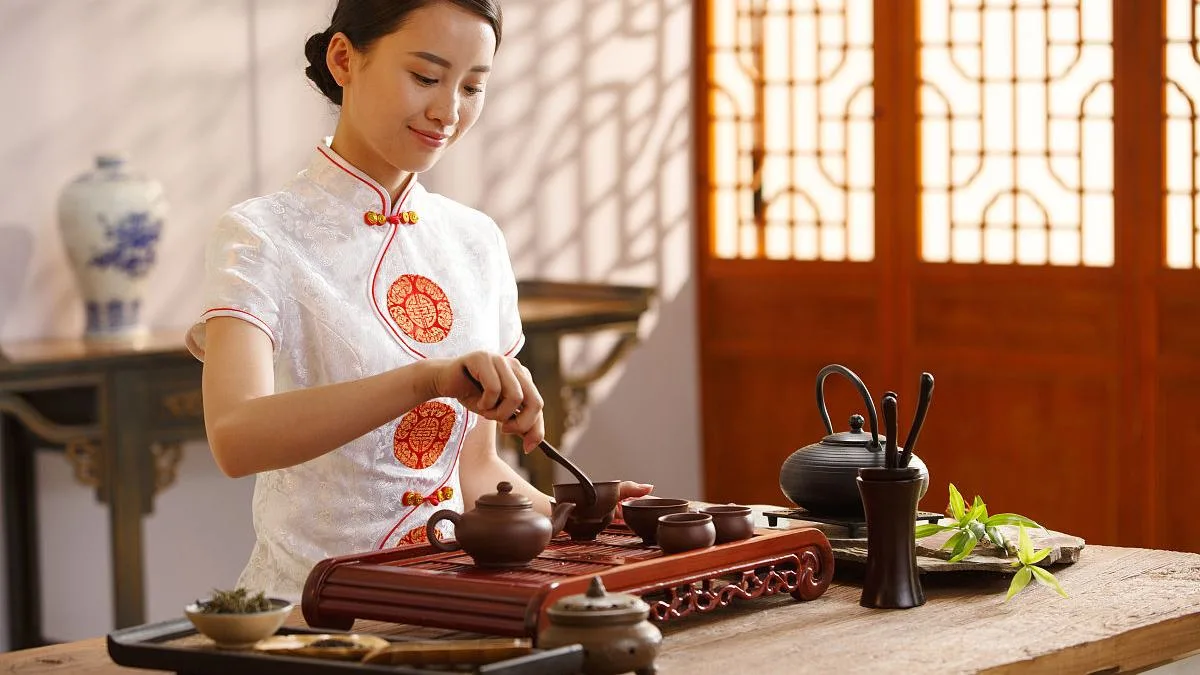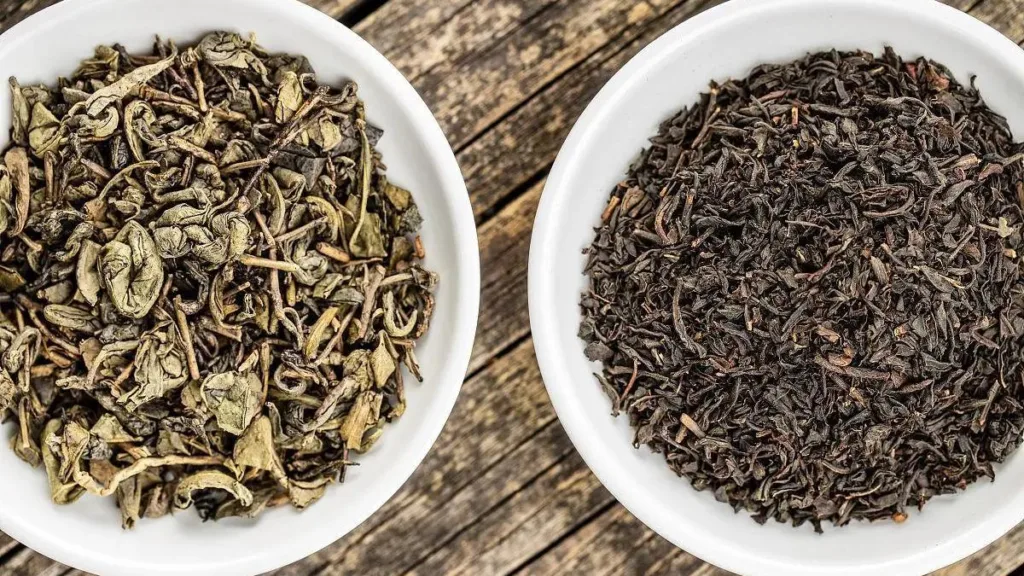The Chinese tea culture, rooted in the Tang Dynasty, flourished during the Song and Ming Dynasties but experienced a decline in the Qing Dynasty. The essence of Chinese tea culture encompasses three aspects: the art of tea-drinking, the cultivation of the Dao through tea-drinking, and the realization that tea-drinking is a Dao in itself. The art of tea-drinking is not just a simple act but a comprehensive art form, combining elements of poetry, calligraphy, painting, architecture, and the natural environment. It elevates tea-drinking from a mundane daily activity to a spiritual and cultural pursuit.
The cultivation of the Dao through tea involves integrating spiritual practice into the art of tea-drinking, emphasizing the refinement of the mind and the comprehension of the greater path. The highest realm of Chinese tea culture is the realization that tea-drinking is a Dao, where boiling water and brewing tea become profound paths.
In the pursuit of “truth” within the Chinese tea culture, the concept extends beyond the tea itself to include genuine fragrance, genuine flavor, genuine surroundings (preferably genuine mountains and water), genuine calligraphy and paintings by renowned artists, and the use of authentic materials such as bamboo, wood, pottery, and porcelain for tea utensils. Additionally, sincerity towards others, genuine hospitality, truthful speech, and a tranquil heart are considered essential elements of the tea-drinking experience. Every aspect of tea preparation is carried out with meticulous care and authenticity.
The rules of Chinese tea culture have evolved over different dynasties. In the Tang Dynasty, there were nine challenges to overcome in tea-making, including crafting, distinguishing, utensils, fire, water, roasting, grinding, boiling, and drinking. In the Song Dynasty, emphasis was placed on three positive and three negative aspects of tea-tasting, with positive aspects including new tea, sweet spring water, and clean utensils, and negative aspects including the opposite of these conditions.
During the Ming Dynasty, there were thirteen favorable conditions and seven taboos. The thirteen favorable conditions included having a peaceful mind, good company, solitary contemplation, reciting poetry, wielding a brush, wandering freely, sleeping and waking up naturally, staying awake during meditation, offering a clean space, having a refined mind, sharing the moment with a friend, appreciating the tea, and having literary companions. The seven taboos included deviating from established traditions, using inferior utensils, hosting guests without rhyme, wearing extravagant clothing or observing strict formalities, consuming greasy and strongly flavored dishes, being preoccupied, and displaying distasteful objects in the room.
Specifically, the Chinese tea culture manifests in three main forms:
- Jian Cha (煎茶) – Steeping Tea:
- This is a method where tea leaves are steeped in hot water, similar to Western-style brewing. It is a simpler and quicker way of preparing tea.
- Dou Cha (斗茶) – Brewing Tea:
- This method involves the use of a lidded bowl and a special tool called a tea scoop to brew tea. The tea scoop is used to measure and move the tea leaves.
- Gongfu Cha (工夫茶) – Kung Fu Tea:
- This is an elaborate and traditional way of brewing tea, characterized by its precise and meticulous techniques. It involves a series of precise steps, each contributing to the overall experience of enjoying the tea.
Over time, as the tradition of tea-drinking has evolved, people have introduced new refinements to the practice, making it more intricate and nuanced. In contemporary Chinese Gongfu tea ceremonies, there are thirteen distinct steps, collectively known as the “Thirteen Techniques of Gongfu Tea.” These steps are meticulously followed to ensure the utmost quality and enjoyment of the tea:
- Carrying the Tea Utensils:
- This is a preparatory action, akin to warming up before an exercise.
- Warming the Teapot:
- The teapot is warmed to enhance the fragrance of the tea, serving as a prelude to the tea-making process.
- Appreciating the Tea:
- This step involves visually inspecting the tea leaves, creating anticipation for the upcoming infusion.
- Warming the Tea Cups:
- Cups are either warmed directly with hot water from the teapot or preheated separately. This step is crucial for maximizing the tea’s flavor.
- Warming the Pitcher:
- Similar to warming the teapot, this step involves using hot water to warm the pitcher, focusing on precise pouring techniques.
- Adding Tea Leaves:
- Tea leaves are added to the teapot, either directly or using a tea scoop. Care is taken to fluff the leaves for optimal brewing.
- Pouring Water:
- Boiling water is used, and the temperature may be adjusted according to the type of tea being brewed. The pouring technique is essential for achieving the desired concentration.
- Waiting:
- A period of contemplation, where the tea is allowed to steep, and the practitioner focuses on a serene mind.
- Pouring Out the Tea:
- This step requires a swift and precise pouring motion to avoid bitterness. It involves pouring out the tea in one continuous motion, ensuring a smooth and controlled flow.
- Sharing the Tea:
- The tea is poured into serving cups with attention to angles and flow control. The hand movements resemble those of a skilled performer, showcasing the elegance of the process.
- Passing the Tea:
- The act of transferring the tea from one person to another is done with consideration for the angle of the cup to prevent spillage.
- Removing Tea Residue:
- After the tea has been enjoyed, any remaining tea leaves are examined as a final tribute to the tea.
- Cleaning the Teapot:
- The teapot is rinsed with hot water, and any remaining tea leaves are swiftly discarded. The finger is placed inside the teapot, and the hand, along with the teapot, is rotated to ensure proper cleaning without causing damage.
While the “Thirteen Techniques of Gongfu Tea” may seem intricate, for those passionate about tea-drinking, they are an indispensable part of the experience. As Su Dongpo’s poetic verse suggests, “Fine tea is akin to a beautiful lady.” This encapsulates the profound enjoyment and endless aftertaste found in the art of tea.



